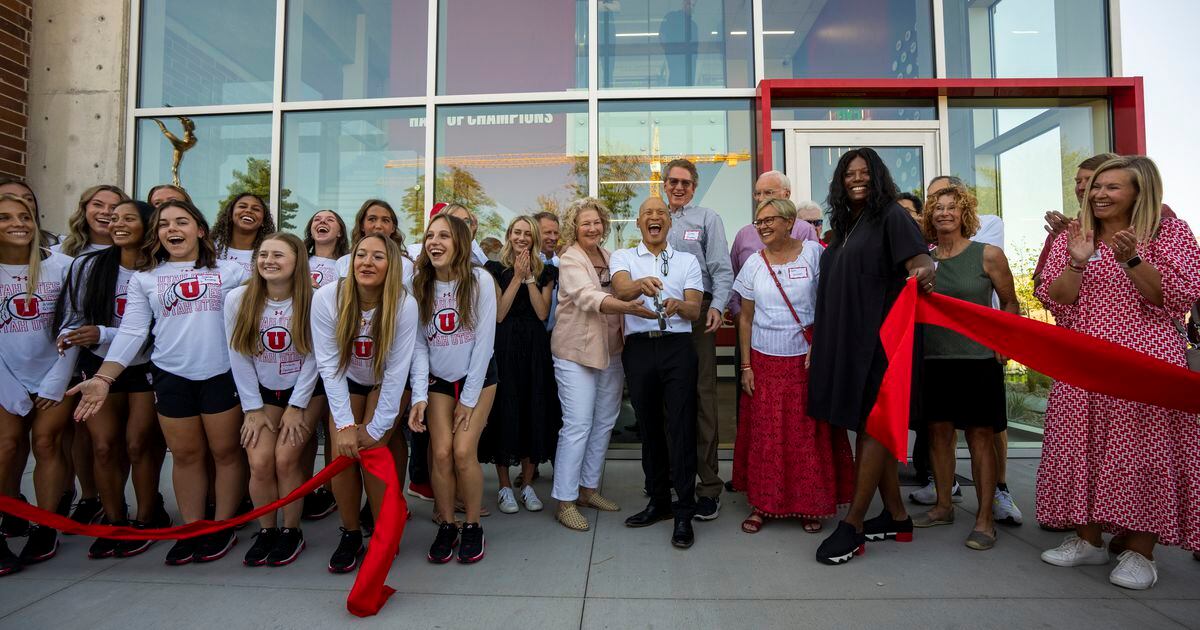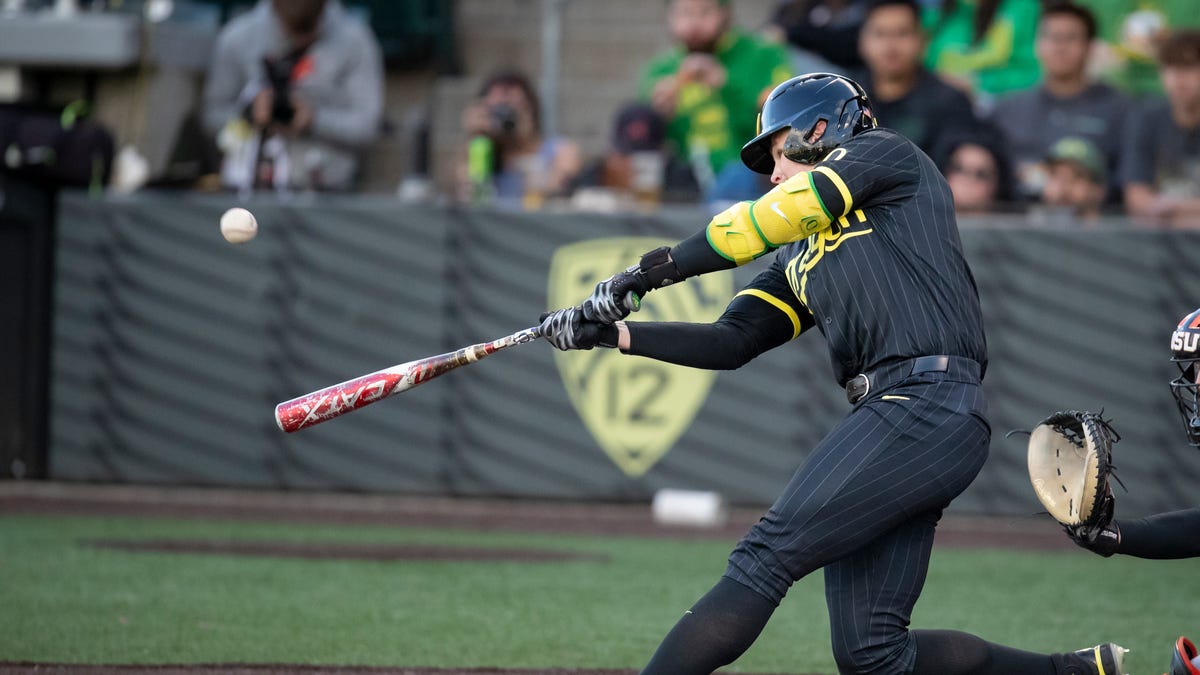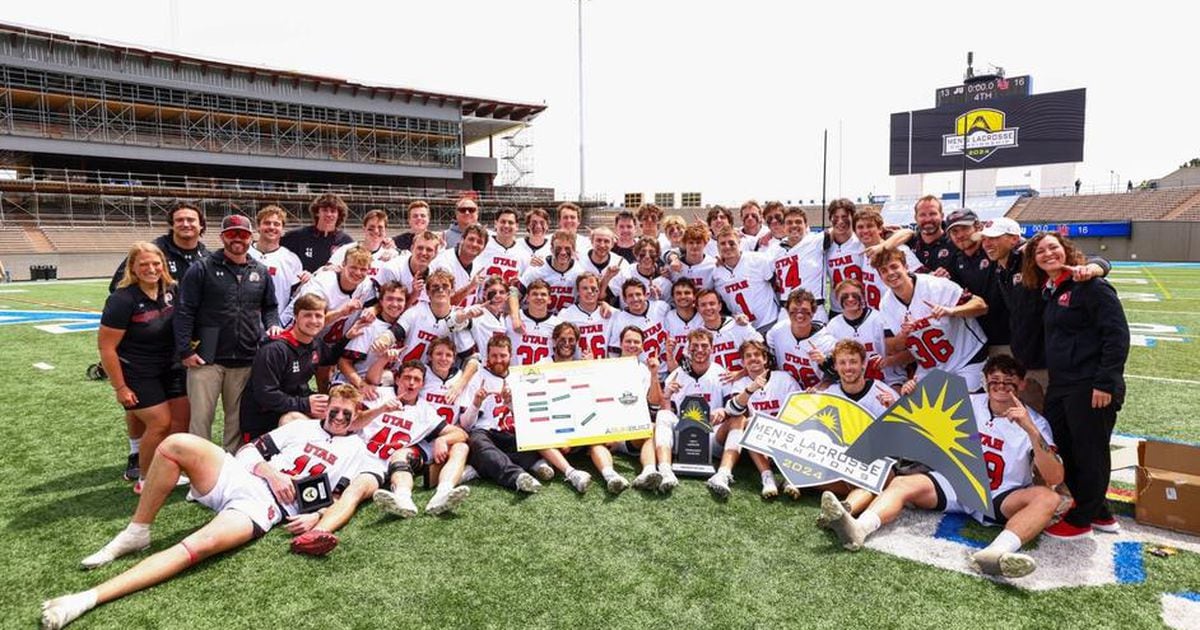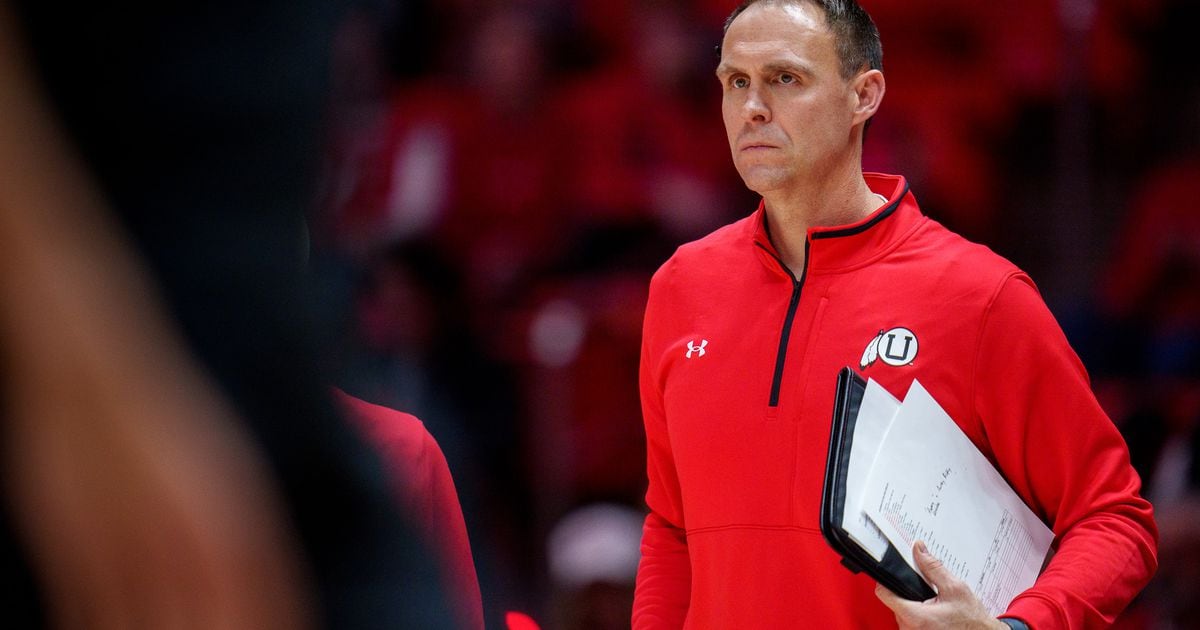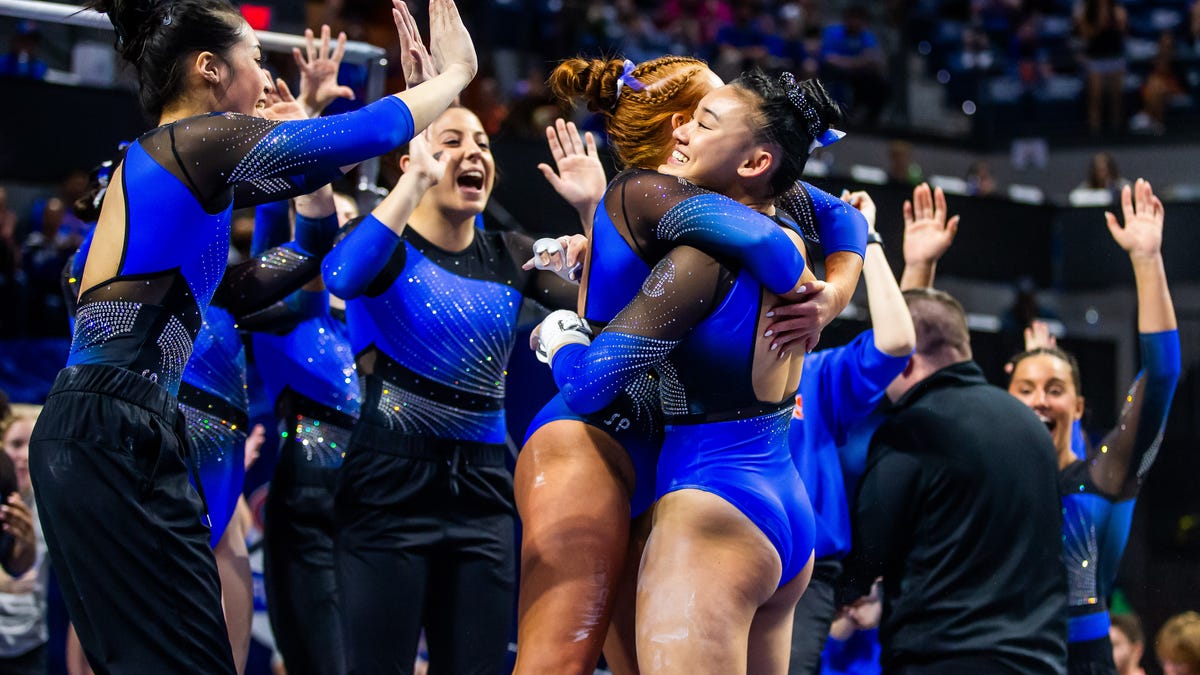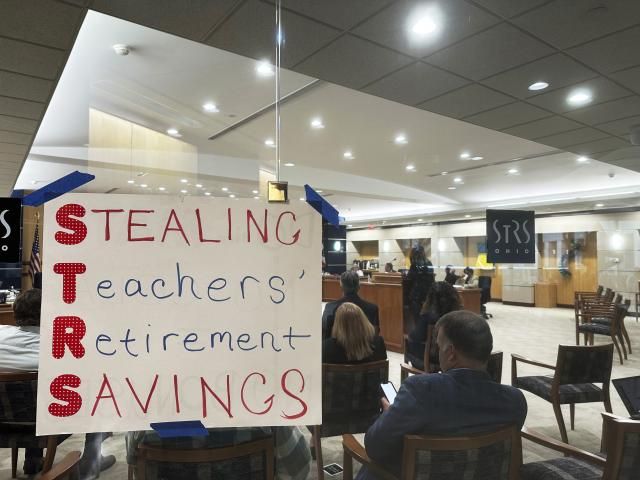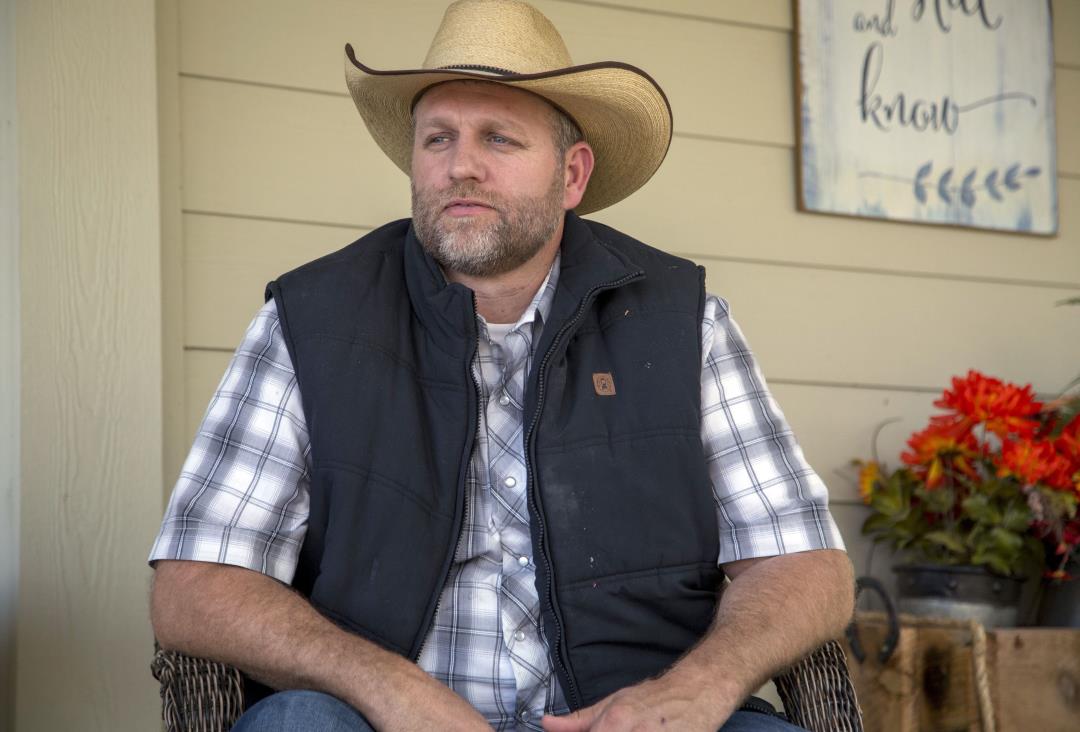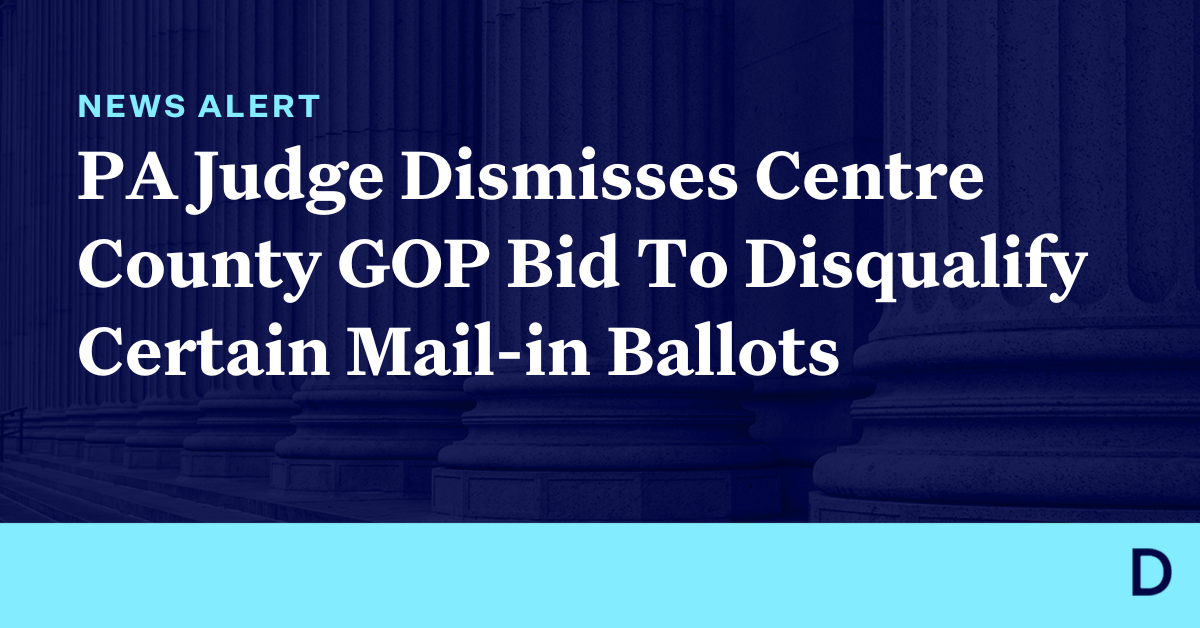Utah gymnastics coach Tom Farden and all of his gymnasts stood around their new facility taking questions from fans and donors and posing for pictures. They talked about how excited they were about no longer having the coaches’ offices all the way at the Huntsman Center, and how they looked forward to using their new locker rooms and lounge area.
The renovations to the Red Rocks’ facility had been planned for years, and Thursday’s ribbon-cutting event planned for months. But the event’s timing could also help mark the beginning of a new and unexpected chapter: Utah’s move from the Pac-12 to the Big 12 starting in 2024-25.
“From a competitive standpoint, we know we got a lot of work ahead of us, and that’s what we’re good at,” Farden said. “We’re good at working. So we’re gonna work hard and give it our best shot once we get there. But we’ve got a lot of business to take care of this year. We have one more thing we want to do in the Pac-12.”
Farden added that the Red Rocks have already started watching film on Big 12 gymnastics teams.
Olympian Grace McCallum, who grew up in the Midwest, said more of her family might be able to attend meets once the Utes join the Big 12. Overall, she’s looking forward to the conference switch.
“I think it’ll be really cool — new beginnings,” McCallum said. “We love the Pac-12, but I think the Big 12 will be just as good to us. It’ll be nice to have new teams we’re competing against. … I think it’ll be good for us and we’ll have great opportunities there.”
The Red Rocks have won the Pac-12 title three years in a row. No other team has done that in the conference since it expanded in 2012.
With Big 12 powerhouse Oklahoma joining the SEC right as Utah enters its new conference, it could be the Red Rocks who are immediately positioned to continue winning conference titles. But the Sooners would still be the team to beat on the national stage after winning five of the last seven NCAA titles, including back-to-back ones in 2022 and 2023.
The significance of the upgrades to the training facility from a conference realignment standpoint wasn’t lost on the gymnasts.
“Looking forward to the future, I think it was important to have this upgrade to our facility to continue to bring in top recruits,” gymnast Maile O’Keefe said. “Competitions will move further away and you got to have the right resources to rest, recover and feel comfortable at home and feel happy. So I think it was important given the conference change.”
For Farden, though, his approach to recruiting doesn’t change amid the move to the Big 12 next year.
“We’re anticipating on going after the biggest and the best in the country and not slowing down on that,” Farden said. “We’ve never shied away from the best.”
Editor’s note • This story is available to Salt Lake Tribune subscribers only. Thank you for supporting local journalism.

